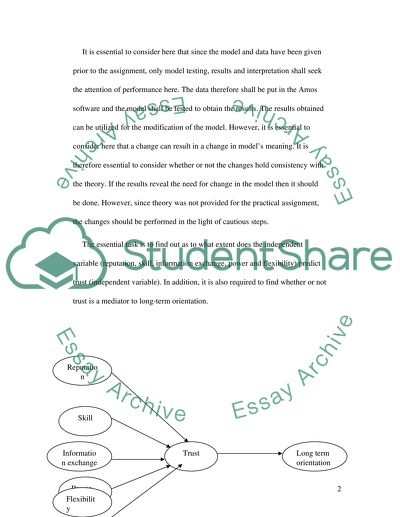Cite this document
(“Structural equation modeling Research Paper Example | Topics and Well Written Essays - 2750 words”, n.d.)
Structural equation modeling Research Paper Example | Topics and Well Written Essays - 2750 words. Retrieved from https://studentshare.org/science/1534190-structural-equation-modeling
Structural equation modeling Research Paper Example | Topics and Well Written Essays - 2750 words. Retrieved from https://studentshare.org/science/1534190-structural-equation-modeling
(Structural Equation Modeling Research Paper Example | Topics and Well Written Essays - 2750 Words)
Structural Equation Modeling Research Paper Example | Topics and Well Written Essays - 2750 Words. https://studentshare.org/science/1534190-structural-equation-modeling.
Structural Equation Modeling Research Paper Example | Topics and Well Written Essays - 2750 Words. https://studentshare.org/science/1534190-structural-equation-modeling.
“Structural Equation Modeling Research Paper Example | Topics and Well Written Essays - 2750 Words”, n.d. https://studentshare.org/science/1534190-structural-equation-modeling.


